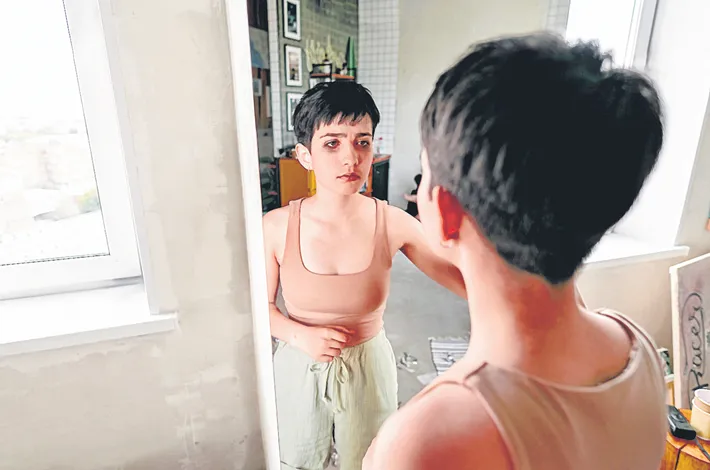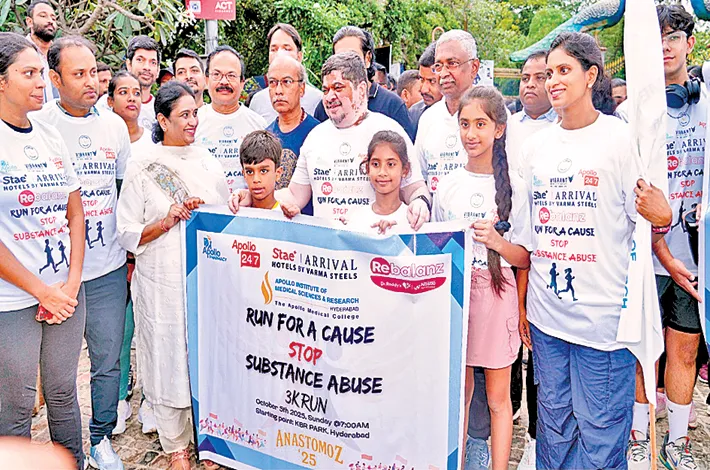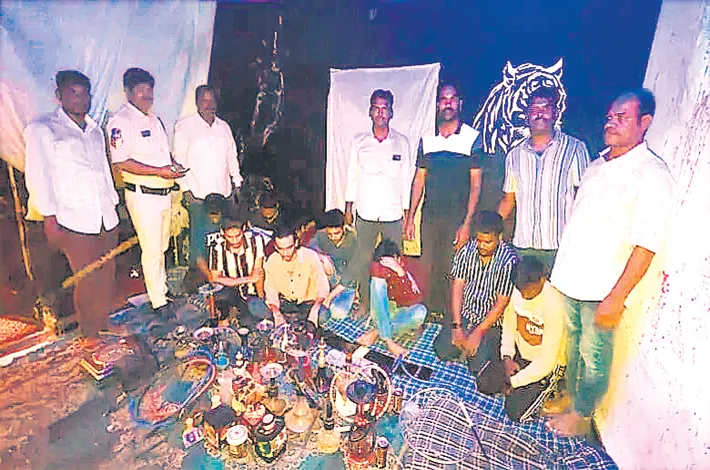What is body dysmorphia
12-05-2025 12:00:00 AM

Understanding symptoms, struggles, and treatment
A mental health condition known as body dysmorphic disorder (BDD) causes an individual to obsess about one or more perceived imperfections in their appearance, even if they are small or invisible to others. But you might avoid a lot of social situations because you feel so nervous, embarrassed, and ashamed.
When you suffer from BDD, you may spend several hours a day worrying excessively about your appearance and body image.
You may also find yourself constantly grooming, checking the mirror, or looking for validation. You experience severe distress and find it difficult to carry out your everyday activities as a result of your perceived fault and the recurrent behaviours.
During his appearance on Raj Shamani's podcast, KJo shared, "I have body dysmorphia. It is a condition when you just cannot look at yourself in the mirror without any clothes on. It is when you are ashamed of your body and you are awkward without clothes on. I am still not okay with looking at my body and feeling good about it."
Symptoms
l Being highly obsessed with a perceived defect in appearance that others cannot see or appears minor. Strong notion that you have a flaw in your look that renders you ugly or deformed.
l Belief that others take extra notice of your looks in a negative light or mock you.
l Engaging in actions intended at mending or covering the perceived imperfection that are difficult to avoid or control, such as frequent checking the mirror, grooming, or skin plucking.
l Attempting to conceal perceived defects through styling, makeup, or clothing. Constantly comparing your attractiveness to others.
When he was asked about the difference between being mildly uncomfortable in one's body and having body dysmorphia, Karan explained, "You are uncomfortable, yes. But you don't feel disgusted looking at your body. That is body dysmorphia. Mujhe ghinn aati hai. Main apne aap ko dekh hi nahi sakta bina kapdo ke. Now it is better but I am still not completely okay with it."
Treatment
Treatment for BDD typically involves a combination of psychotherapy, medication, and supportive care. Here's a breakdown: Cognitive Behavioural Therapy (CBT)
Most effective treatment.
Focuses on identifying and changing distorted beliefs about appearance.
Includes exposure and response prevention (ERP)—exposing the person to situations they fear (like going out without makeup) and preventing compulsive behaviours (like mirror checking).
Helps reduce anxiety and improve quality of life.
Medications
SSRIs (Selective Serotonin Reuptake Inhibitors) are the first-line pharmacological treatment.
May take 8–12 weeks to see full effects.
In severe cases, antipsychotics or augmentation strategies may be considered under psychiatric guidance.
When to seek help
It is best to seek help when you notice this condition having a large impact on your everyday life. You should seek help when there are strong emotions of anxiety, sadness, or discomfort as a result of the obsession with beauty. If you find yourself refusing to engage socially out of a fear of being scrutinized or evaluated for alleged shortcomings, you should consider seeing a doctor.
Body dysmorphia is a serious mental condition in today's world. Social media has created false beauty standards due to which teens, young adults and even millennials are constantly trying to impress people around them. Wanting to look presentable is a good motivation but obsessively wanting people to say nice things about your appearance might be a sign that you need help.








